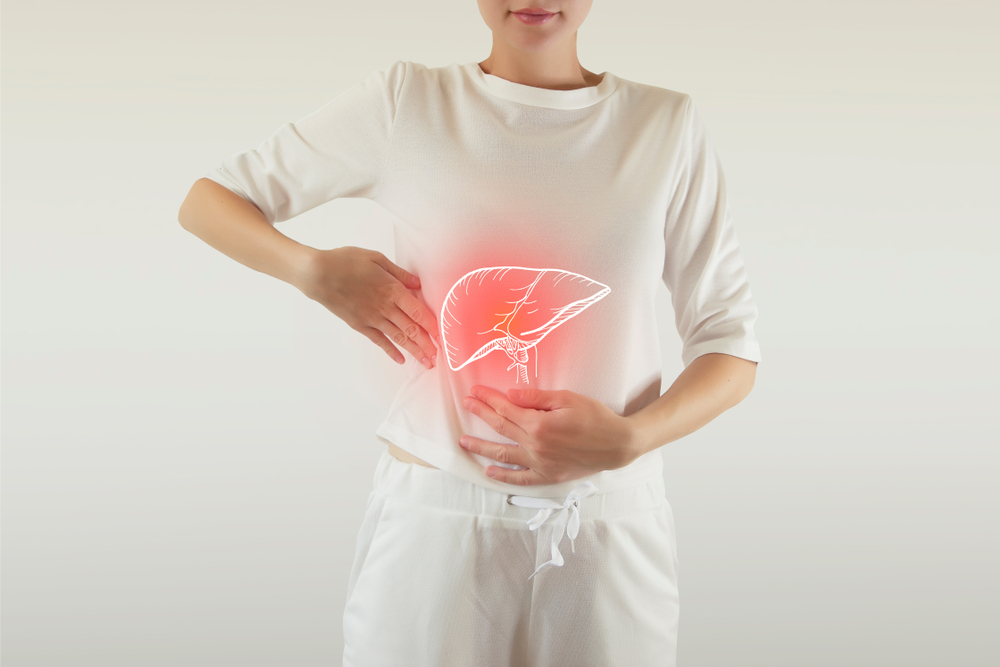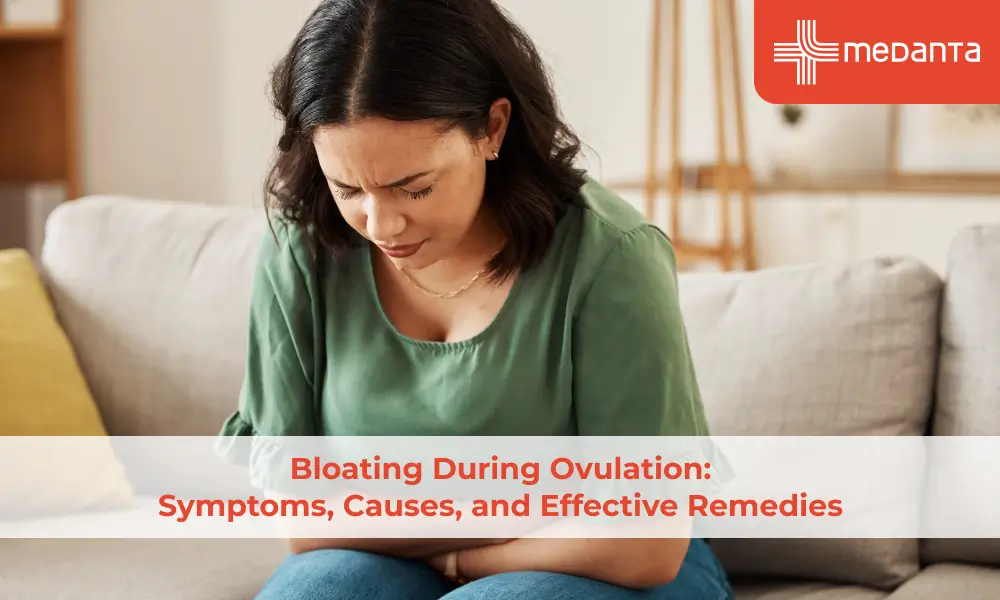Liver Disease: Causes, Symptoms, and Treatment Options

As World Hepatitis Day is just around the corner, it is crucial to know about the Liver. The liver plays an indispensable role in the body by carrying out various critical functions such as purifying toxic compounds, processing nutrients, and facilitating digestion through the secretion of bile. Liver disease encompasses any ailment that inflicts damage to the liver and disrupts its functioning. Contributing factors for liver disease include viral hepatitis, genetics, obesity, and excessive alcohol intake.
This article delves into the origins, indications, and treatment options for liver disease. Furthermore, we will discuss methods of recognizing liver damage symptoms, liver problem symptoms and explore the option of liver transplant for severe liver disease.
What is Liver Disease?
Dominating the upper right side of the abdomen, the liver - performing a myriad vital functions, such as synthesising bile to aid in digestion, stockpiling glucose, and processing both fats and proteins - is a discerning organ to be held in high regard. Any condition that interferes with these functions and damages the liver is termed as liver disease.
Acute liver failure manifests over a short period and can even prove fatal unless liver timely liver transplantation is done, while chronic liver disease evolves over time and can leave lasting liver damage.
Various forms of liver disease exist, inclusion of which are hepatitis, fibrosis, cirrhosis, and liver cancer. Hepatitis, owing to a viral infection, alcohol or medication usage, results in liver inflammation. Liver cancer is usually a consequence of persistent liver insults resulting from hepatitis, cirrhosis, and other diseases.
Causes of Liver Disease
The development of liver disease can happen due to various factors, such as viral infections, excessive alcohol intake, obesity, hereditary and metabolic causes.
Viral hepatitis, for instance, ranks among the top contributors to liver disease across the globe. Although hepatitis A and E typically engenders only fleeting liver infection, hepatitis B and C may inflict lasting damage to the liver and could bring about fatal liver cancer or liver failure.
Overindulging in alcohol for prolonged periods poses a formidable hazard to the liver, resulting in alcoholic hepatitis or cirrhosis. Women are more vulnerable than men to deleterious effects of alcohol as they metabolise alcohol differently.
Obesity and associated metabolic syndrome can lead to NAFLD (Non-alcoholic fatty liver disease) which can instigate liver inflammation, scarring, and eventually cirrhosis with or without liver cancer.
Ultimately, genetics, too, cannot be discounted as a factor contributing to liver disease. The presence of certain genetic conditions - such as Wilson's disease and hemochromatosis - can cause formidable liver damage.
Liver Damage Symptoms
Liver damage symptoms can vary depending on the severity of the liver damage. In the early stages of liver disease, there may be no symptoms related to liver disease. As the disease progresses, the following symptoms may occur:
- Fatigue
- Jaundice
- Nausea and vomiting
- Loss of appetite
- Abdominal pain and swelling
- Itching
- Dark urine
- Pale stools
- Bruising and bleeding easily
- Swelling in the legs and ankles
- Mental confusion
In advanced stages of liver disease, additional symptoms may occur, such as ascites (fluid accumulation in the abdomen), liver encephalopathy (a condition in which toxins build up in the blood and affect brain function), and internal bleeding.
Diagnosis of Liver Disease
To identify liver disease, multiple diagnostic procedures are required. Elevated liver enzymes detected by blood tests signal liver damage. Imaging tests, consisting of ultrasound, Fibroscan, computed tomography (CT), and magnetic resonance imaging (MRI), provide in-depth liver images to evaluate liver size, texture, and form to discover any abnormalities.
A tiny tissue sample from the liver obtained through liver biopsy is further scrutinised under a microscope to gauge the life-threatening level of liver damage and determine the root cause of the disease. Prompt identification of liver disease is paramount for effective therapy, as it can assist in averting additional liver harm and amplify the likelihoods of a successful cure.
Treatment Options for Liver Disease
The manner in which liver disease is addressed is contingent on the underlying cause and the gravity of the inflicted damage. Opting for a healthy lifestyle, relinquishing alcohol and shedding excess weight may be sufficient in reversing liver damage in some cases. For treatment of viral hepatitis, antiviral medications may be prescribed and can succeed in completely remedying the infection.
If the liver disease has advanced, the available options for treatment are:
- Dietary modification: Patients with chronic liver diseases are advised to have a salt restricted and high protein diet.
- Medical management: Medical management of chronic liver diseases includes managing its complications medically. Diuretics, anti-coma measures, laxatives, vitamin and protein supplements are the major pillar of medical management. Screening for high risk varices by endoscopy and screening for liver cancer by cross-sectional imaging (CT or MRI) helps in early detection of complications and appropriate treatment.
- Liver transplant: This entails substituting the malfunctioning liver with a healthy one that's been donated. Usually, this is recommended for individuals with severe liver damage or liver failure.
- Comfort care: The primary focus of comfort care is to boost the quality of life of patients with advanced liver disease, not amenable for any curative treatment. This may include strategies like pain management, nutritional support, and other approaches for managing symptoms. This comprises strategies meant for relieving symptoms such as pain, nutrition support and so forth.
Liver Transplant
The process of liver transplantation calls for the substitution of a damaged liver with a fully functional organ that has been graciously donated. It is a sought-after surgery, particularly for individuals plagued by end-stage liver disease or a liver failure that has proven resistant to alternative treatments. By and large, the success rate of the liver transplant surgery is more than 90% with an excellent 5-year survival rate more than 80% approximately.
Conclusion
As World Hepatitis Day is nearing, it's imperative to address liver disease as soon as possible since it can result in drastic outcomes. Therefore, identifying its symptoms such as yellowing skin, exhaustion, or abdominal discomfort, and seeking medical counsel without delay is crucial.
Treating liver disease relies mainly on the root cause and the severity of liver damage, but can be efficiently managed through lifestyle adjustments, medicines, and surgery. However, in the case of severe disease, a liver transplant might be the only resort.
Implementing a healthy routine with a proper nutritious diet, regular exercise, and minimal alcohol consumption is an effective measure to avoid liver diseases. Protecting your liver health means reducing the hazard of developing liver diseases, which subsequently enhances your overall well-being.






